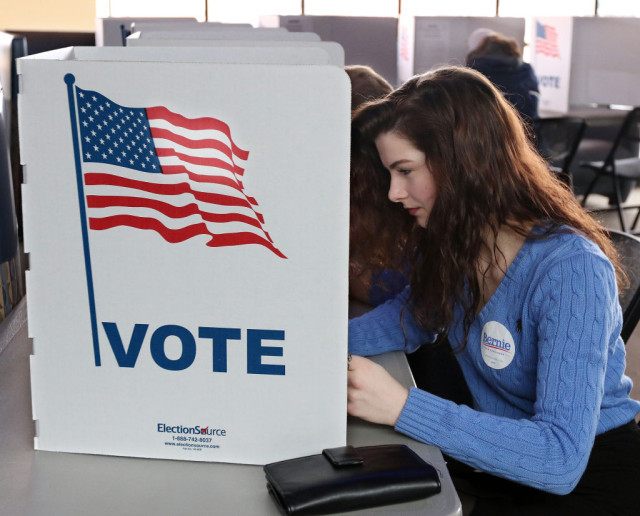Pennsylvania Republican Party Registers over 243,0
Post# of 52075
Almost 100,ooo Pennsylvania Democrats switched their party affiliation to Republican in the past ten months.
CBS Pittsburgh reports that 97,607 Pennsylvania voters made the switch from Democrat to Republican since the beginning of 2016, whereas 38,020 Republicans changed their party affiliation to Democrat.
“The surge in Republican registrations is nearly twice the number of newly registered Republicans compared to both the 2008 and 2012 numbers combined,” the Pennsylvania GOP said in a statement, calling their gains “historic.”
Since November 2015, the Pennsylvania GOP registered 243,139 new Republican voters.
The Atlantic magazine published a detailed examination of lifelong Pennsylvania Democrats staunchly supporting Trump:
Paul Sracic, a Youngstown State University political scientist, believes there are two categories of voters rallying to support Trump. “First, there are people who don’t normally vote,” he said. “Nearly half the voting-age population was either not registered to vote, or was registered and decided not to vote in 2012. And if even 10 percent of that group was to show up and vote this year, it could easily change the outcome in the important swing states.”
Sracic—who frankly admits he obsesses over opinion polls—wonders whether these voters are even represented in the endless presidential surveys: “If people aren’t registered voters, they won’t be picked up by most polls. If they are registered voters but don’t normally vote, they may be eliminated by ‘likely voter’ screens pollsters use.” Romney lost Pennsylvania in 2012 by about 300,000 votes out of about 5.5 million cast; in Ohio, he lost by less than 200,000. “So bringing new people in can make a difference,” Sracic said.
Potentially more significant, however, are those voters who “flip”—Sracic’s second category. “Remember,” he said, “taking a Democratic voter and having them vote Republican is both a +1 and a -1. In other words, if Romney lost Pennsylvania by 300,000 voters, all you have to do [this time] is flip slightly more than 150,000 votes.” Between Ohio and Pennsylvania, if approximately 225,000 voters (out of the 11 million who are expected on Election Day) switch parties, they could tip the entire election.
“Writers such as National Review’s correspondent Kevin Williamson have suggested that people who live in communities that are experiencing economic hard times should just pack up and move somewhere else,” said Sracic.
He believes that Williamson and others like him actually have a very narrow understanding of what constitutes and promotes happiness and wellbeing: “People need jobs and enough money to survive, but they also desire community. Friends and family are important. When we talk about ‘creative destruction’ as being part of a vibrant national economy, we sometime miss the real damage that is done to the networks that sustain us.”
If nearly everyone moves away, who is going to take care of mom and dad as they age? Are they expected to pull up roots, too, and leave the people and places they have known their whole lives? Many do leave, of course. Others stay—and watch the economy collapse around them. To many of these voters, Trump offers the hope that they won’t have to make such an awful choice.
One coal industry worker who registered to vote for the first time in 61 years told the Atlantic: “This is about me. I am doing this for me, my hometown.”
Clinton holds a small lead over Trump in recent Pennsylvania polls.

 (0)
(0) (0)
(0)